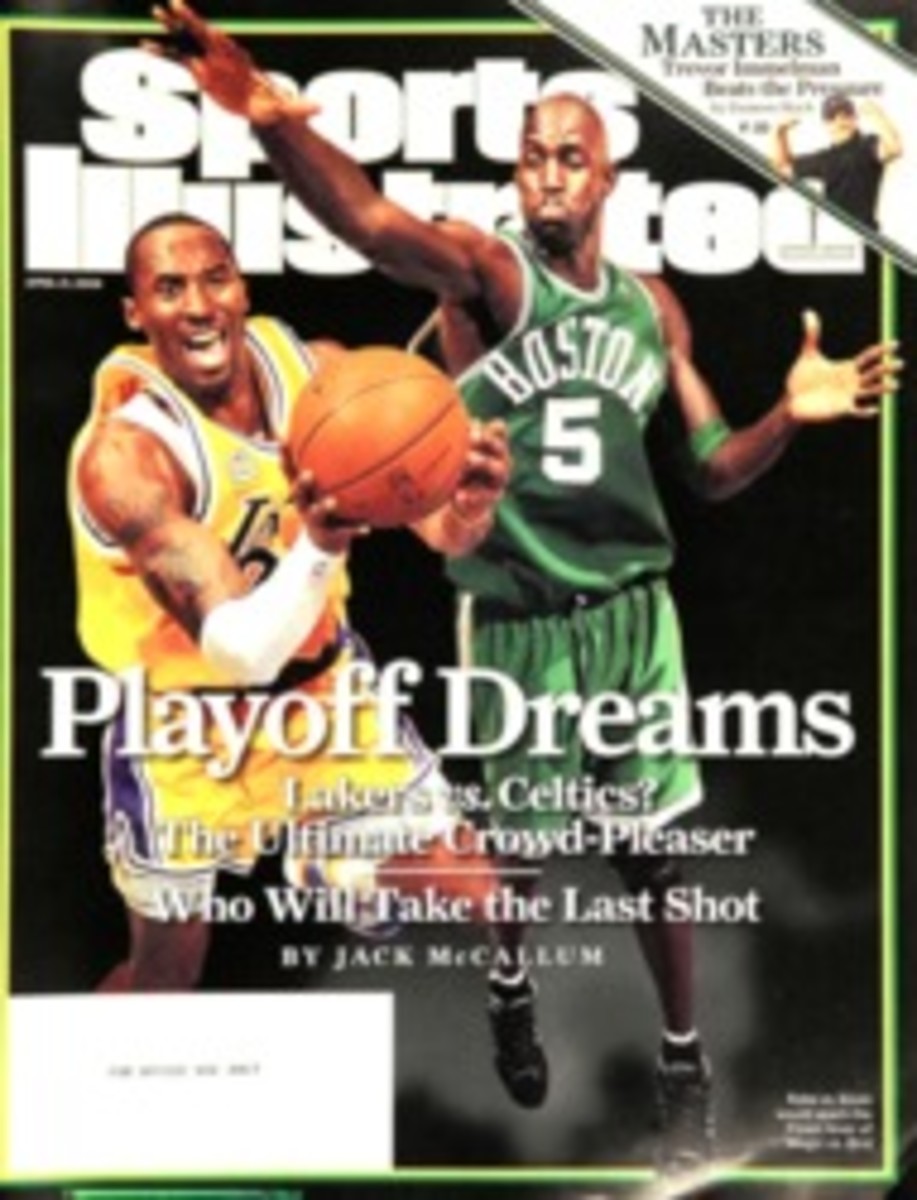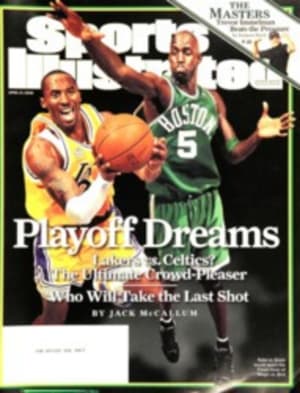
Inside-the-Park Home Runs
THE GREATESTGAME
by Richard Bradley
Free Press, $25
WHAT'S THEgreatest game ever played? The one most often granted "greatest"status, the Colts-Giants 1958 NFL Championship Game, is the subject this monthof Mark Bowden's The Best Game Ever. That same title was also used last year byveteran sports journalist Jim Reisler for his account of Game 7 of the 1960World Series, in which Bill Mazeroski beat the Yankees with a walk-off homerun.
In his bookformer George magazine editor Richard Bradley revisits the 1978 playoff betweenthe Red Sox and Yankees—or, as it's known in Boston, the Bucky F------ DentGame—and breathes fresh life into an oft-told story. Bradley alternatesplay-by-play of the game with novelistic accounts of Boston's regular-seasoncollapse (the Sox blew a 14-game lead in the AL East) and New York's Bronx Zoocraziness (manager Billy Martin was fired midway through the season andreplaced by Bob Lemon). His reconstruction of the playoff game is poignant,even if you're a Yankees fan. Boston pitcher Dennis Eckersley recalls watchingleftfielder Carl Yastrzemski from the dugout as Dent's seventh-inning pop flycleared Fenway Park's Green Monster. When Eckersley says the future Hall ofFamer "just sort of drooped," every Red Sox fan will, for a second,forget that the Curse of the Bambino has since been put to rest.
As dramatic asthat moment is, though, the '78 playoff isn't quite worthy of the book's title;many games have been as well played, for greater stakes. Still, The GreatestGame is an incisive look at a transformative era in baseball history. In an agewhen Red Sox and Yankees players speak of each other like diplomats, it'sshocking to recall the venom that once flowed: Catchers Carlton Fisk andThurman Munson brawl on the field and bicker off it, and when Boston's Bill Leecalls Martin "a Nazi," the Yankees' manager responds by sending a deadmackerel to the Red Sox' clubhouse. "Not only did you want to win, but youwanted to grind 'em into the ground," Yastrzemski says. Greatest game? No,but it was the best rivalry.
CHANGE UP
by Larry Burke and Peter Thomas Fornatale
Rodale Books, $24.95
A CLASSIC of thebaseball canon is The Glory of Their Times, Lawrence S. Ritter's 1966 oralhistory featuring some of the game's early stars. Burke, an SI senior editor,and Fornatale update the format in Change Up, a collection of interviews withplayers, executives and broadcasters about eight seminal moments of the lasthalf century. The topics range from social and economic upheavals (the influxof Latin players, the birth of the players' union) to innovations such as thedesignated hitter. The interview subjects, who include Cal Ripken Jr., DerekJeter, Earl Weaver and Ball Four author Jim Bouton, play off each other invirtual roundtable discussions that are rich with insights—Frank Robinson(right) reflects on umpires' racial biases when he became the first blackmanager, in 1975—and humorous anecdotes (former Orioles DH Tommy Davis recallsinterrupting a phone call with his wife for an at bat). Talking baseball hasrarely been so enlightening.
WHY A CURVEBALLCURVES
Edited by Frank Vizard
Hearst Books, $19.95
IN Babe Ruth'sHome Run Secrets, a 1928 Popular Mechanics article reprinted in Why a CurveballCurves, the Bambino says he hates when an opposing "twirler" throws hima slow breaking pitch. "What I like best of all is when they steam overfast ones," he says. "Those are the ones I like to nibble on."Interestingly, a 2007 piece in the book shows that a batter can hit a hookfarther than a heater because the curve comes off the bat with more backspin,which translates into more lift—suggesting that if the Babe had been a man ofscience, he might still have that career home run record. That's just one ofseveral I-did-not-know-that moments in Curveball, a collection of PopularMechanics pieces about sports. Among the writers are several athletes, but thetruly eggheaded stuff is wisely left to the pros: Physicist Peter Brancazioanswers the titular question, and he, like most of Curveball's authors, does soenjoyably, in a style that's thorough yet fun.
BASEBALLPROSPECTUS 2008
by The BP Staff
Plume, $21.95
THE STATHEADS atBP are often accused of being emotionless, overly scientific drones bent onreducing a pastoral pastime to a heap of numbers. To be fair, they do seem likepeople who know their way around a slide rule. The Prospectus, BP's 13th annualpreseason guide, is full of formulas such as SNLVAR, which, it turns out, hasnothing to do with variations on Saturday Night Live skits. (It's SupportNeutral Lineup-adjusted Value Added above Replacement.) But the Prospectus ismore than a data dump. The team-by-team breakdowns are insightful—take thenumber-free argument that Dusty Baker was a good hire for the Reds because hewill handle more of the major league personnel moves and allow G.M. WayneKrivsky to focus on his true passion, the farm system. Another clever moment:the quote from Turgenev's Fathers and Sons that introduces the look at theaging Mets. The Prospectus was clearly written by people who love the game withtheir hearts as well as their minds.
PHOTO
NEIL LEIFER (BRAWL)
OPEN WARFARE The Sox and Yanks of the '70s did not pretend to be buddies.
PHOTO
DIAMOND IMAGES/GETTY IMAGES (ROBINSON)
FOUR PHOTOS

